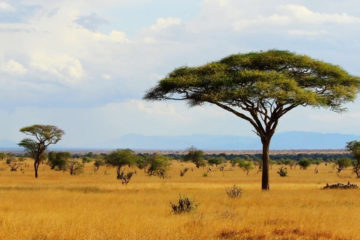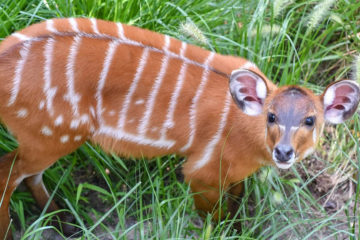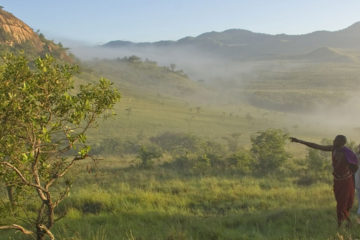Marsabit National Park is located in northern Kenya, a part of the country that will only appeal to the intrepid, adventurous traveler. Anybody traveling this far north will find a stopover in this little-visited park very worthwhile. Its wildlife-viewing centerpiece is a beautiful forest-fringed crater lake overlooked by Marsabit Lodge. Elephants, relatives of Ahmed – a former big tusker that received ‘presidential protection’ in his day – pass by the lake daily.
Best Time to Visit
Animals roam far and wide when the park is wet, and those that stay can easily disappear into the dense vegetation. So, the Wet season (October to May) is not the best time to strap on your binoculars – unless birds are your priority, that is. To see other animals out in the open, visit in the drier months when there’s a virtual parade of beasts at the crater lakes.
The dense forest of the park and lack of facilities and tracks makes wildlife viewing very challenging, but a visit to the lodge in the late afternoon is a great way to catch the elephants on their daily walk around the crater lake. The elephants here are renowned for their big tusks. Other animals present, but rarely seen include lion, leopard and buffalo.
The densely forested Mount Marsabit is a fine example of a basalt shield volcano. The mountain is peppered with extinct volcanic craters, known as gofs (the name given to them by the local Borana people). The craters are lined with stands of juniper. Scenic Gof Sokorte Dika lies immediately in front of Marsabit Lodge.
The range of landscapes in this park mean there’s a lot of variation in altitude. This, in turn, means the temperature can change a lot too, dropping 6.5°C/3.5°F for every 1,000m/1,000ft you ascend. Generally, though, it stays hot here, certainly in the Dry season (June to September) but even more so in the heart of the Wet season (October to May).




